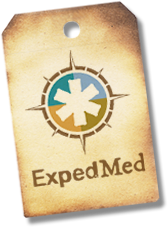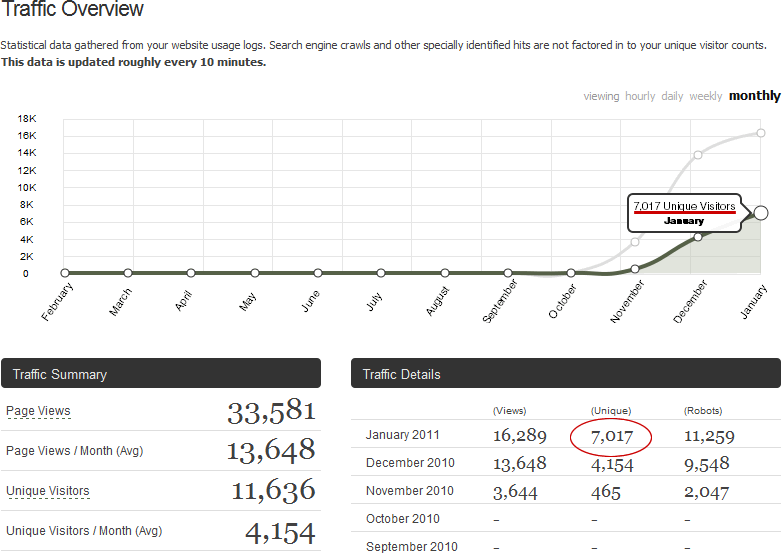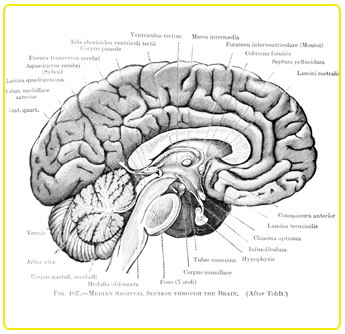 I wanted to make sure that the Freelance MD community knew that our 2011 Expedition Medicine National Conference will be this September 16th-18th at the Omni Shoreham Hotel in Washington, DC.
I wanted to make sure that the Freelance MD community knew that our 2011 Expedition Medicine National Conference will be this September 16th-18th at the Omni Shoreham Hotel in Washington, DC.
This is the five-year anniversary of our event in Washington, DC and it's been gratifying to receive all the positive feedback about the event from the hundreds of physicians, nurses, paramedics, and other medial professionals who have attended past conferences. Here's a sampling of quotes we've received on our evaluation forms:
“Great conference…first class…the first CME event I have ever attended where I felt I got my money’s worth." -Richard Knight, MD, Emergency Medicine, Ft. Worth, Texas
“Great experience…incredible speakers who have traveled all over the world and are speaking and educating from firsthand experience…lessons learned are priceless! Thank you." -Sapna Parikh, MD, Fox News Medical Correspondent, New York, New York
“Sorry, all 5s on the evaluation doesn’t help much, but it was that awesome!” -Mark Schwab MD, San Diego, CA
“This was the first conference I’ve attended where I’ve gone to ALL the lectures and looked forward to the next day! The speakers were great – knowledgeable, passionate about what they do, entertaining. I also like the historical info on the infectious diseases and the personal adventure stories.” -Alexia Gordon MD, Virginia
“This conference is truly one of the best I have attended in 50+ years of actively practicing medicine. All of your speakers were outstanding. The material was very interesting and useful to my activities.” -Joseph English MD, Pennsylvania
This year, we have an incredible line up of expert faculty and topics for participants. For those who have never attended one of our events, we take pride in advertising our faculty as the "best in the business" for medical education. Our experts our selected based on their demonstrated expertise in their content areas, their significant field experience, and their teaching ability.
Since this conference is about medicine in wilderness areas and on expeditions, it does you, the participant, no good to hear canned lectures from speakers who have never been "in the field." At the Expedition Medicine National Conference all our faculty have significant field experience and are teaching what they actually do when they work in austere environments (not just what they've heard works in these locations).
Each of our faculty also are excellent communicators and many have received national teaching awards for their demonstrated excellence as educators. Our course participants remark each year how amazingly talented our faculty are at communicating their material, and how delighted they were to hear the presentations.
For 2011, the following faculty will be teaching at our Expedition Medicine National Conference:
Dr. David Shlim, co-editor of the CDC "Yellow Book" and Travel Medicine expert from Jackson Hole, Wyoming
Dr. Michael Callahan, Infectious Disease specialist from Harvard and Darpa
Dr. David Townes, Associate Professor at the University of Washington and co-editor of Expedition & Wilderness Medicine
Dr. Eric Johnson, past president of the Wilderness Medical Society and international expedition physician
Dr. Alan Magill, president of the International Society of Travel Medicine and co-editor of the CDC "Yellow Book"
Dr. Peter Hotez, Professor and Chair of the Department of Microbiology, Immunology, and Tropical Medicine at George Washington University
Dr. Christina Catlett, Associate Director of the Johns Hopkins Office of Critical Event Preparedness and Response (CEPAR)
Dr. Tim Erickson, Director of Clinical Toxicology and Vice Chairman of the Department of Emergency Medicine at the University of Illinois-Chicago
Topics scheduled for our 2011 course include malaria, travel immunizations, hypothermia, high altitude medicine, dive medicine, lightning injuries, reptile envenomations, expedition toxicology, rabies, and disaster medicine among others.
All participants will receive 20 Category I CME credits and a free copy of our textbook Expedition & Wilderness Medicine (sells for $150).
Anyone interested in a possible career change into international health or simply wanting to learn more about some very cool topics (and meet some very cool faculty) is encouraged to attend this event. I'll be there and I hope we have a good turnout of people from the Freelance MD community.

 Jeff, Freelance MD
Jeff, Freelance MD











